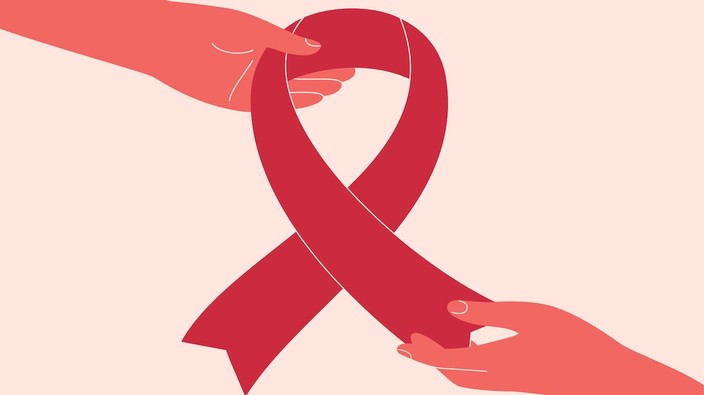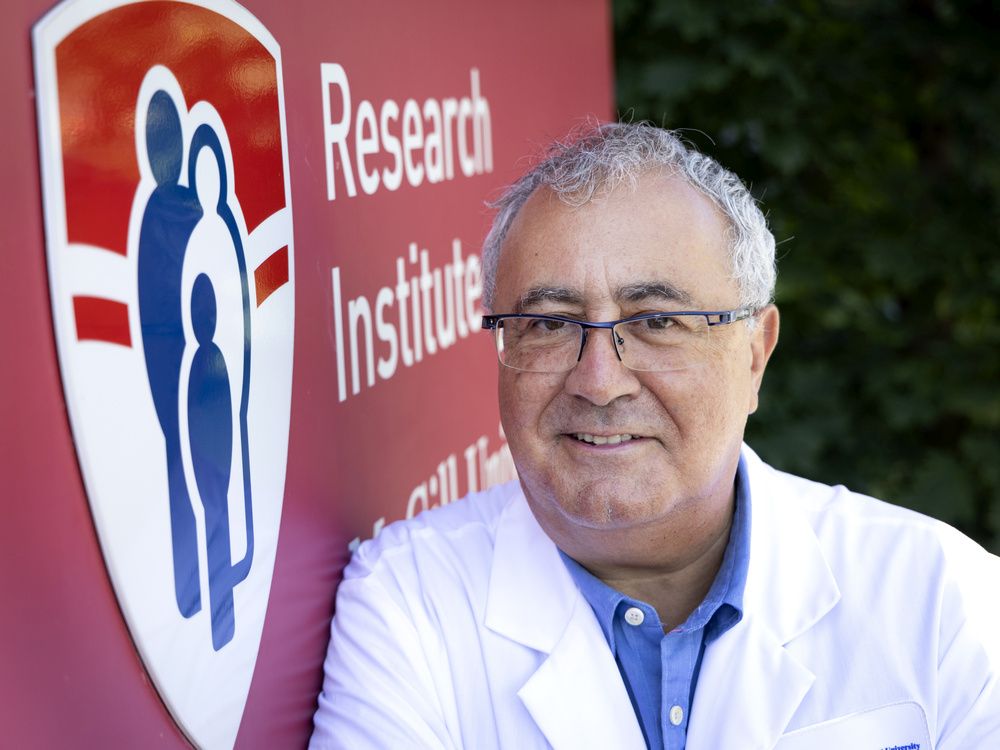“i think this is important because there’s reliable information, and information can be processed in so many different methods,” he says. “it’s great to know about prep, but if your local pharmacy doesn’t have it and they only get shipments in once a month, if you come at the end of that month, you have to wait four weeks.”
pandemic closures of sexual health centres means murky data
there was a 21 per cent decrease in newly diagnosed hiv cases in 2020 compared to 2019, a
surveillance report by the government of canada found — the greatest year-over year decrease in ten years, according to the agency. but that doesn’t mean canada has suddenly found that
eureka approach that can lead us out of the crisis. instead, the report notes it is likely to do with the temporary closure of in-person
sexual health testing and treatment centres during the pandemic: fewer opportunities to get tested mean fewer diagnoses.
rates of hiv infection shifted from 5.4 canadians per 100,000 in 2015, to 6.2 per 100,000 in 2018, and then 5.5 per 100,000 in 2019, according to
canadian hiv surveillance data. from 2011 to 2020, men were two to three times the risk of developing hiv than women, with ages 30 to 39 being the greatest at-risk age group for all canadians.
 4 minute read
4 minute read



